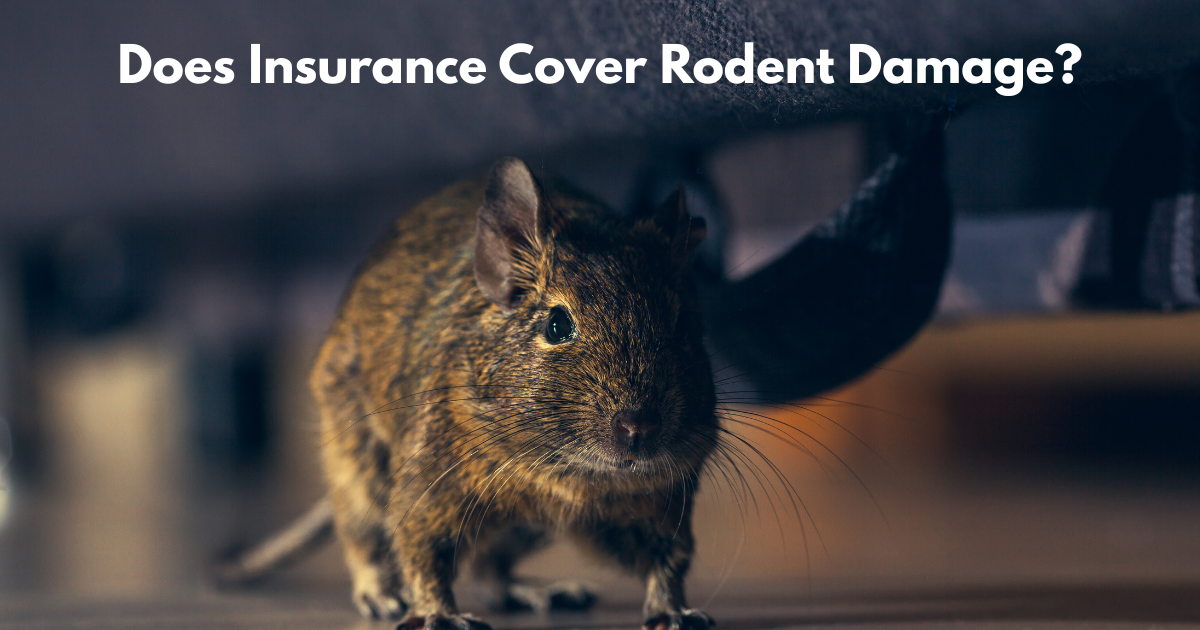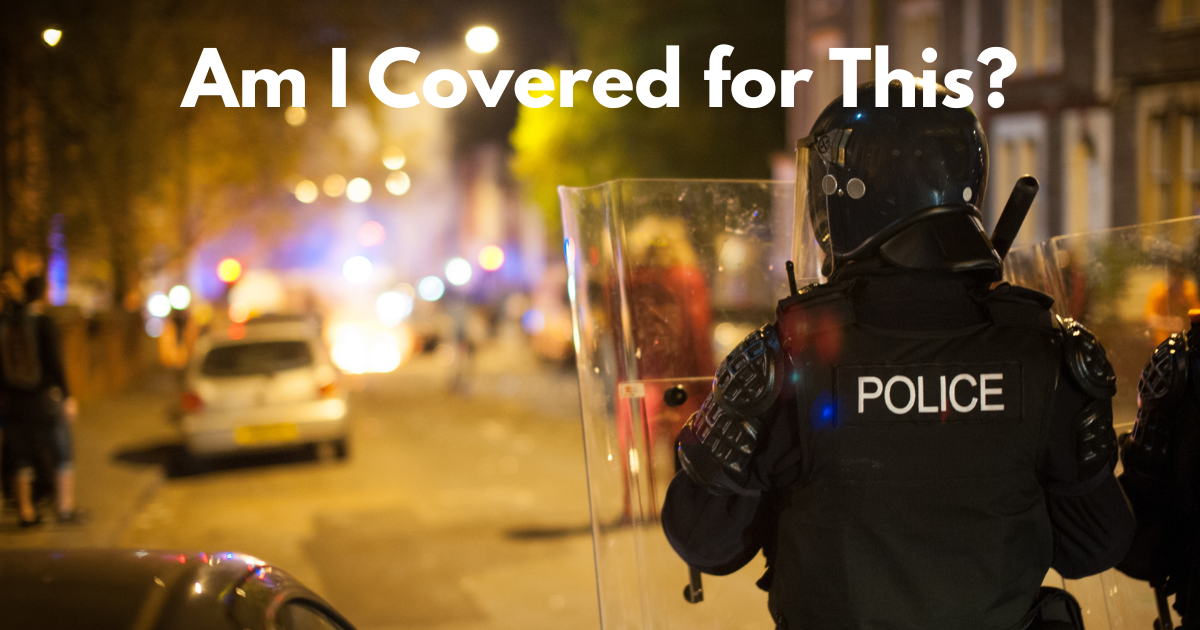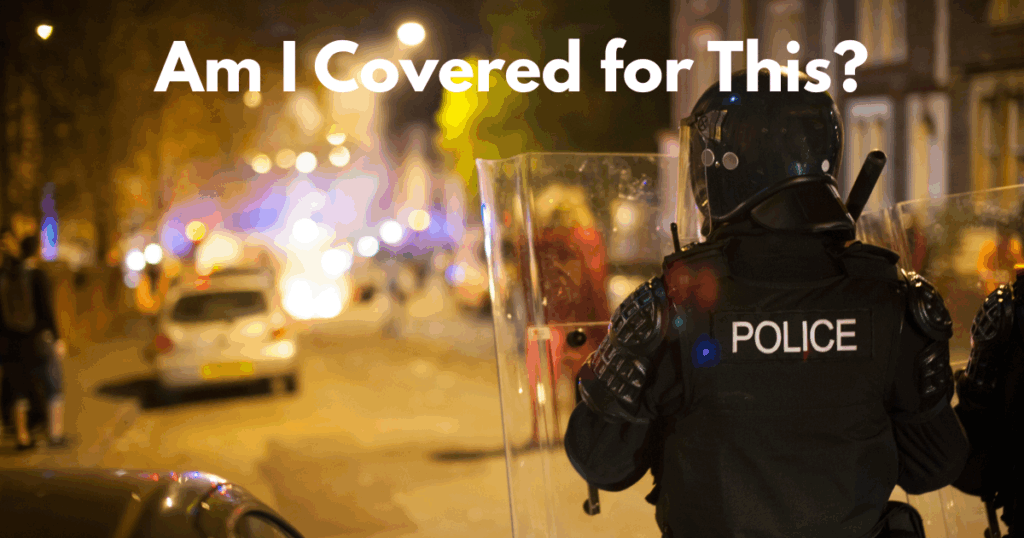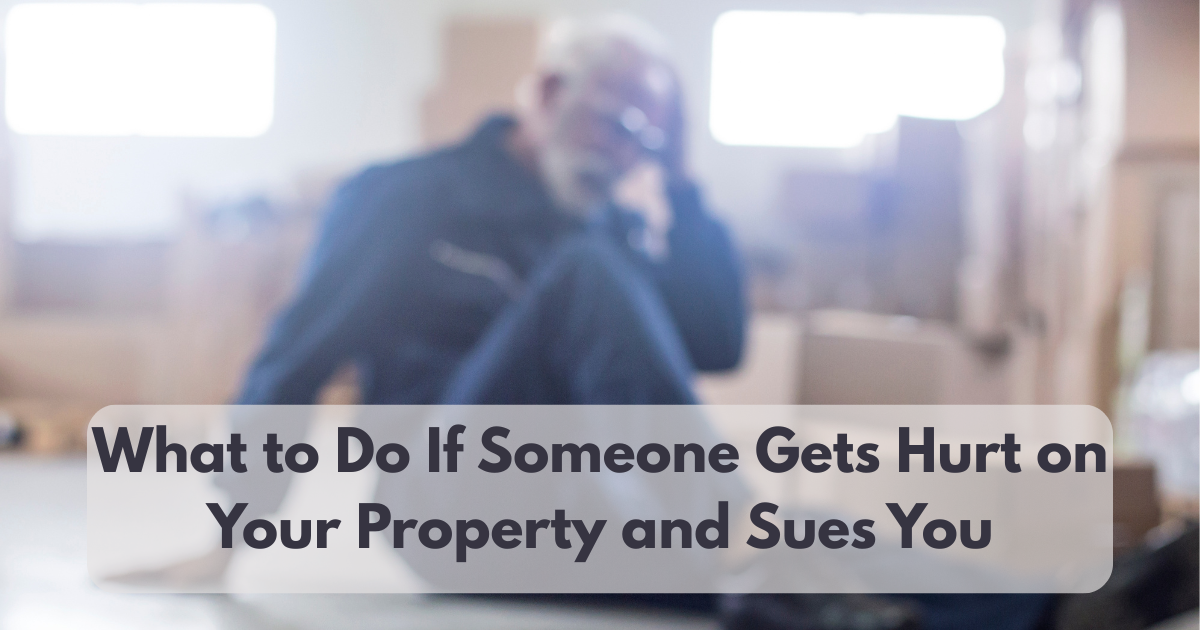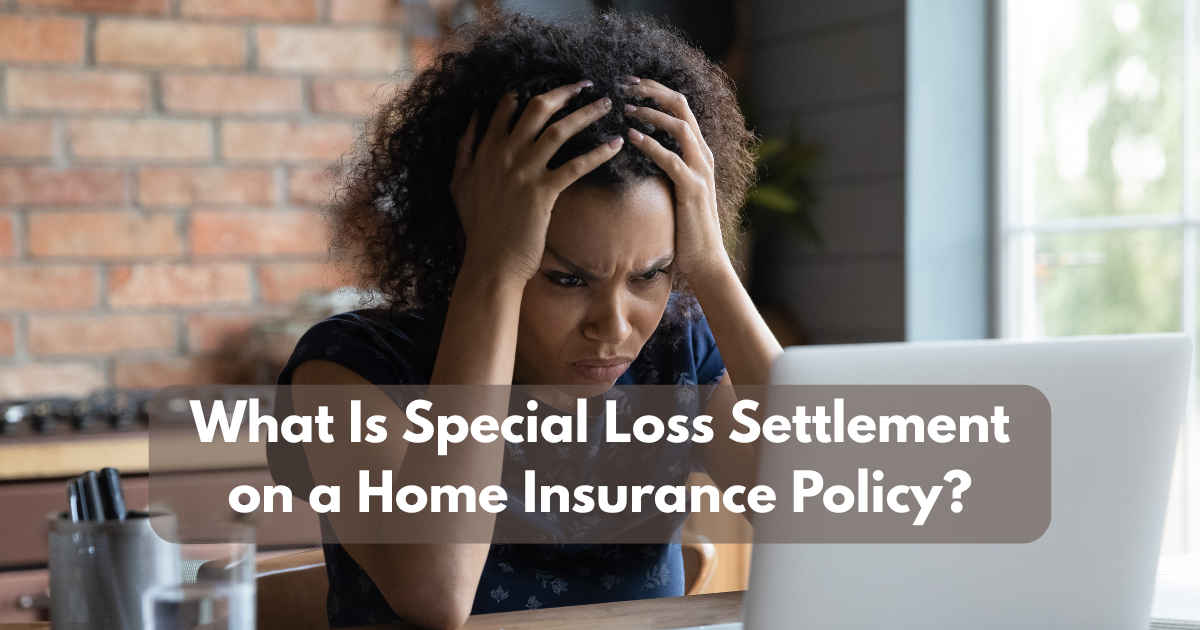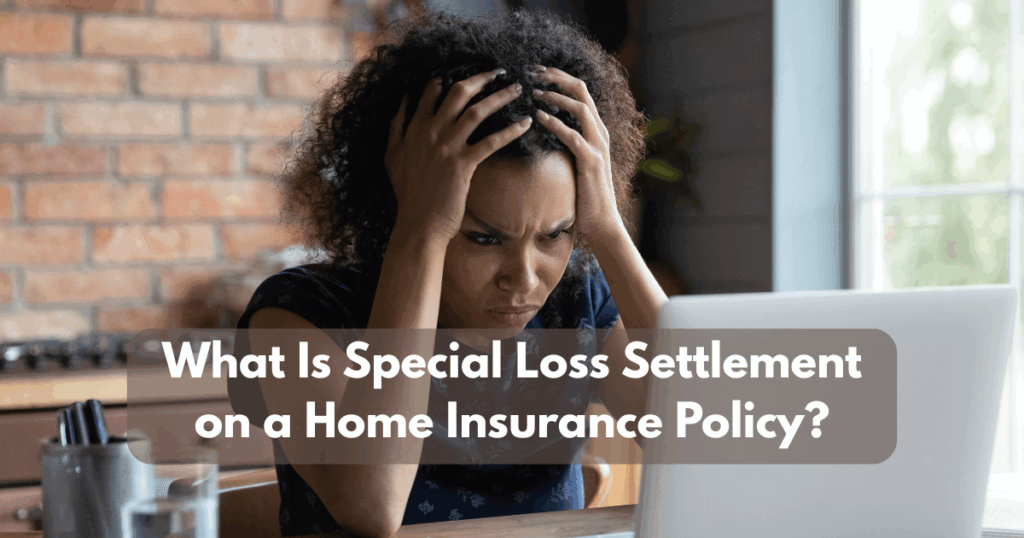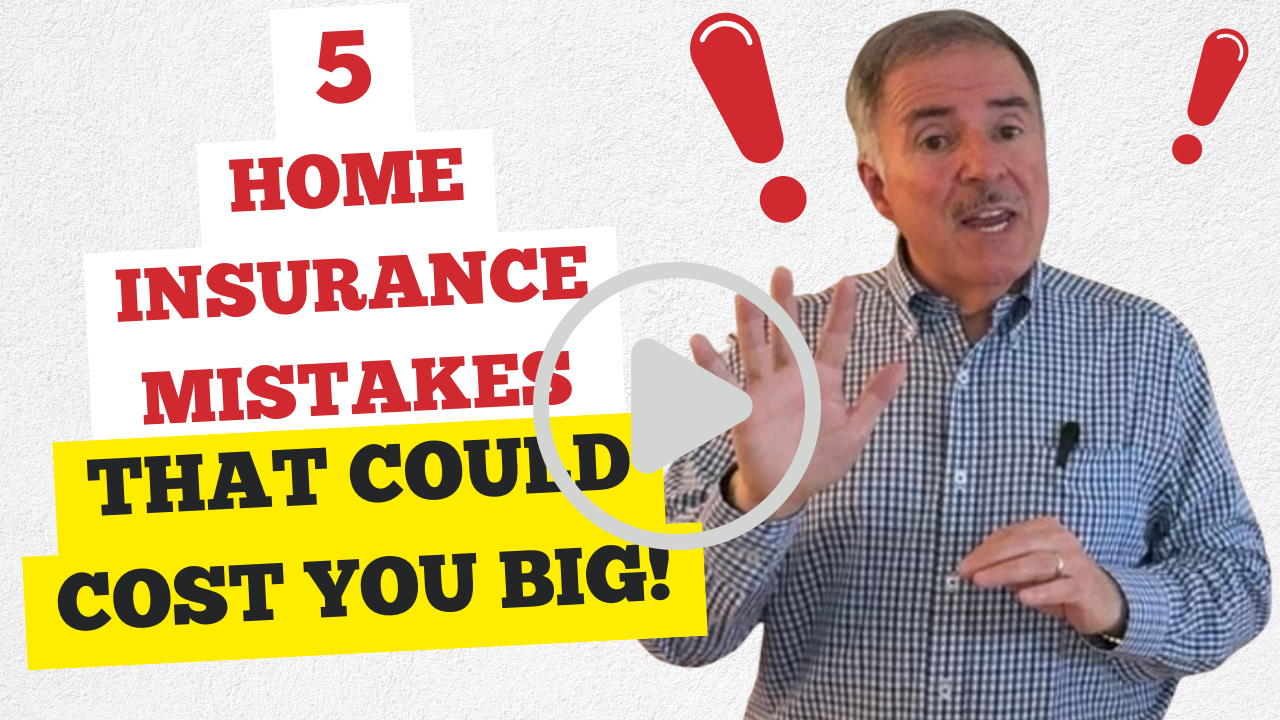Boston Homeowners Insurance & Rodent Damage: What’s Covered?
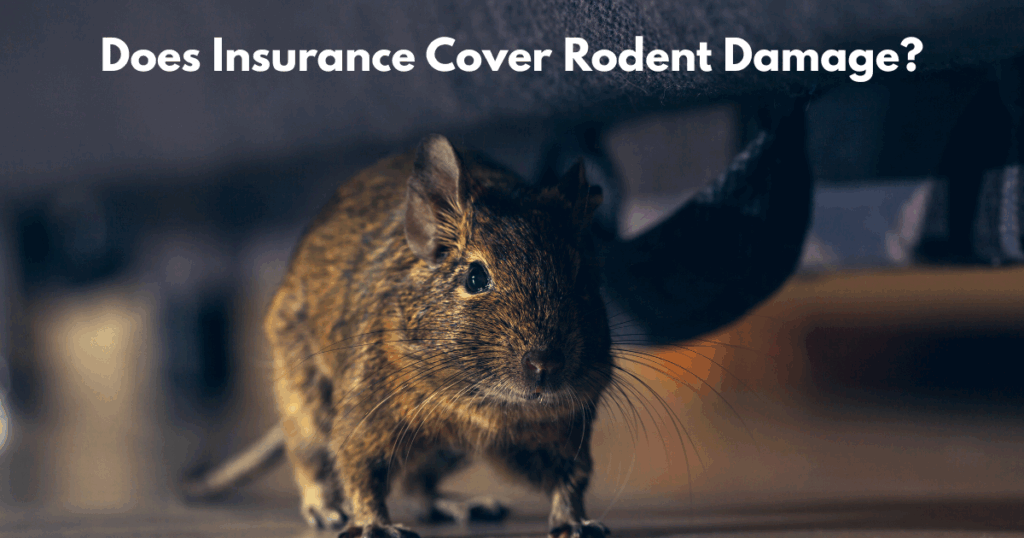
Have you discovered chewed wires or insulation in your Massachusetts home—and panicked about whether insurance would help?
Did you assume your homeowners policy had you covered, only to find out it doesn’t?
If you’ve found yourself surprised or frustrated by rodent-related damage and the lack of insurance coverage, you’re not alone. Many homeowners don’t realize that standard policies exclude rodent damage—until it’s too late.
In this article, the team at Vargas & Vargas Insurance will walk you through exactly what’s covered, what’s not, and how to protect your home (and wallet) moving forward.
What Most Boston Homeowners Don’t Know About Rodent Damage Insurance
Standard homeowners insurance does not cover damage caused by rodents like rats or mice. This includes gnawed wires, destroyed insulation, chewed furniture, and even plumbing damage. Most insurers classify this as preventable damage—a maintenance issue that homeowners are expected to handle themselves.
Why Doesn’t Insurance Cover Rodents?
- Insurers view rodent damage as the result of neglect or failure to maintain the home.
- Gradual issues—like chewing over time—don’t fall under sudden, accidental events that insurance typically protects against.
- Cleanup, repairs, and extermination are your responsibility unless specific endorsements are added.
When Rodent Damage Might Be Covered: Rare Exceptions
Although direct damage from rodents is usually excluded, certain secondary damages may be covered.
Electrical Fires Triggered by Rodents
If a rodent chews through electrical wiring and it leads to a fire, the fire and smoke damage are usually covered—but not the wiring or the cost to remove the rodent.
Rodents Enter Due to a Covered Event
If a storm damages your roof, allowing rodents access:
- Roof repairs may be covered (because the storm is a covered peril).
- Rodent damage inside the home still won’t be.
Important Distinction: Coverage only kicks in when rodents are the result of a covered peril—not when they’re the cause.
What You Can Do: Rodent Prevention and Policy Enhancements
To protect your Boston home, consider a combination of preventive action and policy awareness:
✅ Rodent Prevention Tips
- Seal cracks, holes, and entry points in your home’s foundation and roofline.
- Trim vegetation away from the house.
- Keep both indoor and outdoor spaces free of clutter and food waste.
- Schedule routine inspections to catch infestations early.
✅ Understand Your Policy
- Review the exclusions section of your insurance policy and look for language about vermin, accidental damage, or pest control endorsements.
- If you are unsure or unclear, reach out to our agency to clarify—especially before damage happens.
✅ Reduce Risk of Secondary Perils
- Install and regularly test smoke detectors.
- Have a licensed electrician inspect your wiring—especially in older homes or if you’ve seen rodent activity.
What This Means for You as a Boston Homeowner
At the end of the day, rodent damage is one of those insurance blind spots that catches homeowners off guard. It’s frustrating, costly, and often misunderstood.
Now that you know what your standard policy likely excludes—and where you might be protected—you’re in a stronger position to prevent, prepare, and plan.
If you’d like help reviewing your current homeowners policy, exploring pest-related endorsements, or just want a second opinion on your coverage, Vargas & Vargas Insurance is here to help.
Conclusion: Wrapping It Up
- Resolution: Most Boston homeowners insurance policies don’t cover rodent damage unless it results in a covered peril like a fire.
- Remind: You came here because rodent damage can be sudden and expensive—and you weren’t sure if your insurance would help.
- Relevant Next Step: Review your policy, consider pest control endorsements, and contact an expert if you’re unsure.
- Reintroduction: At Vargas & Vargas Insurance, we’ve helped Boston homeowners understand and optimize their coverage for over 40 years—so you’re never caught off guard.


